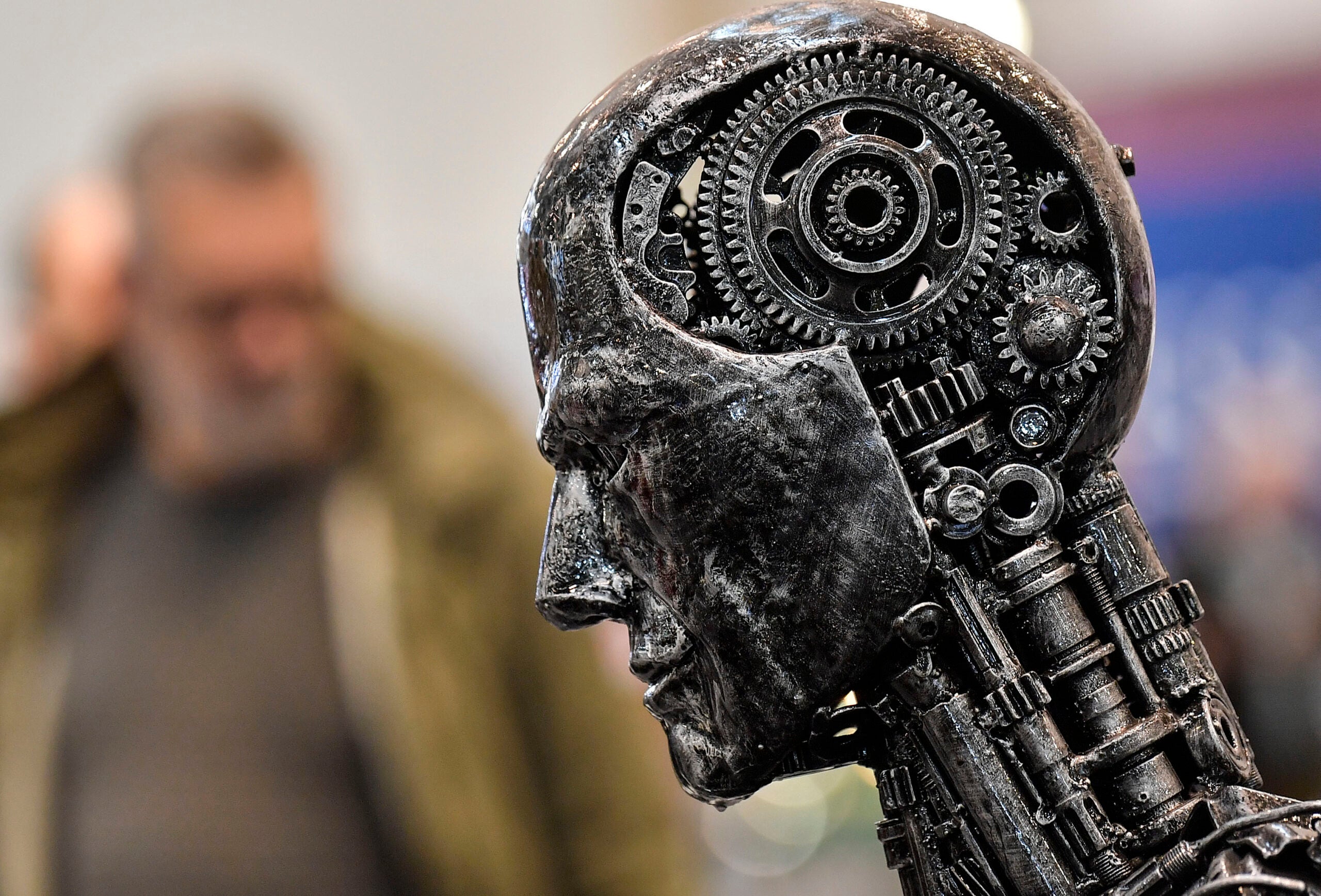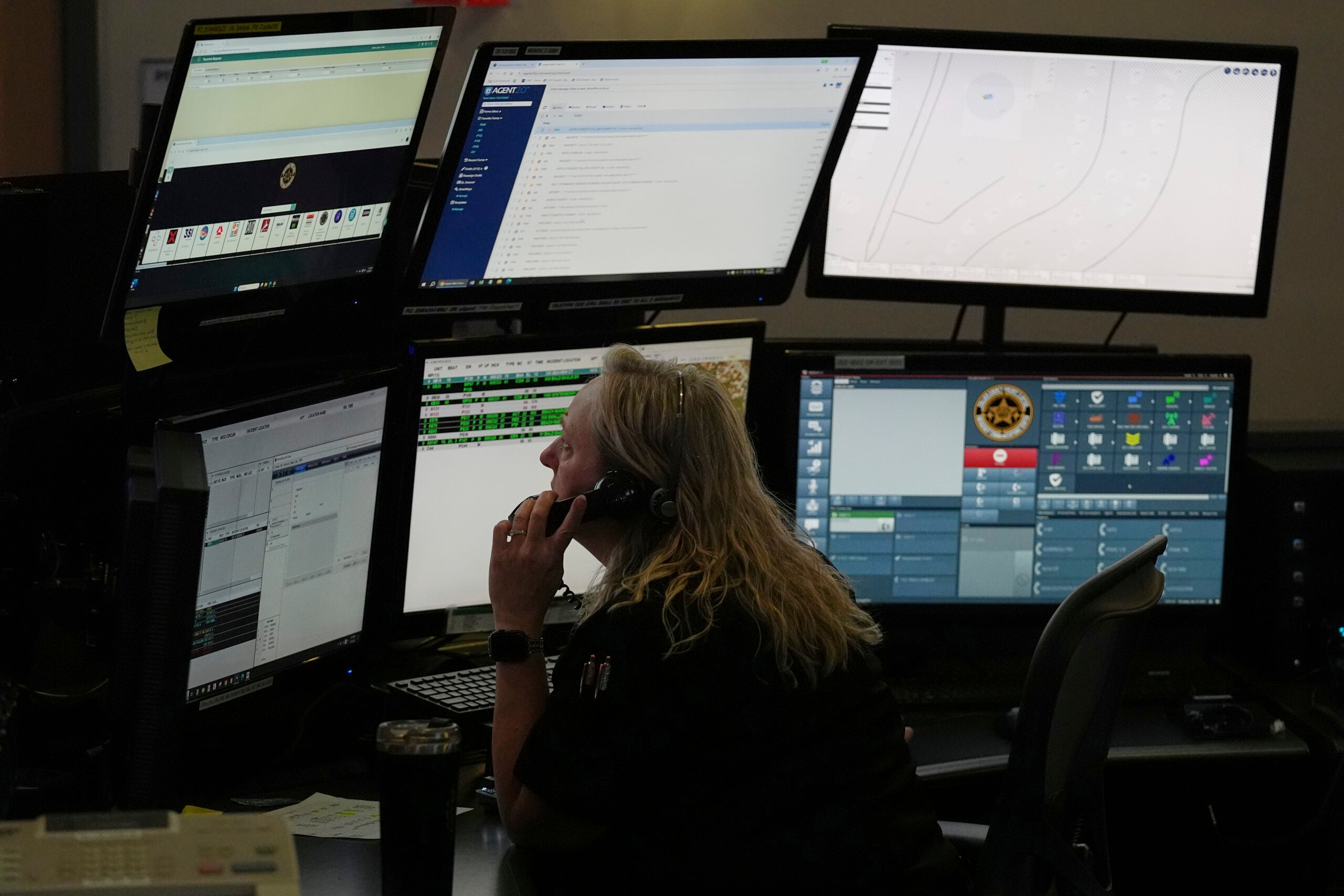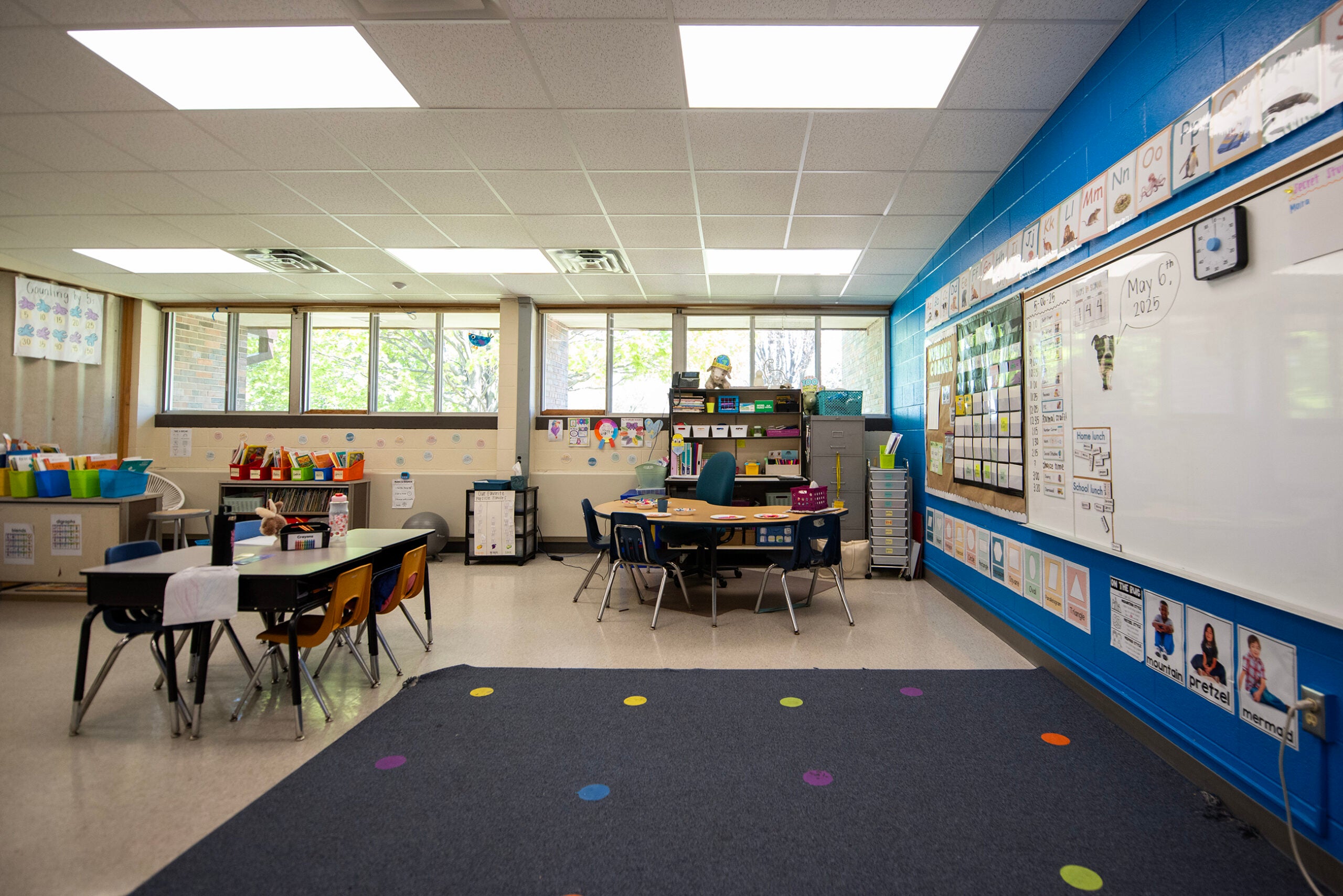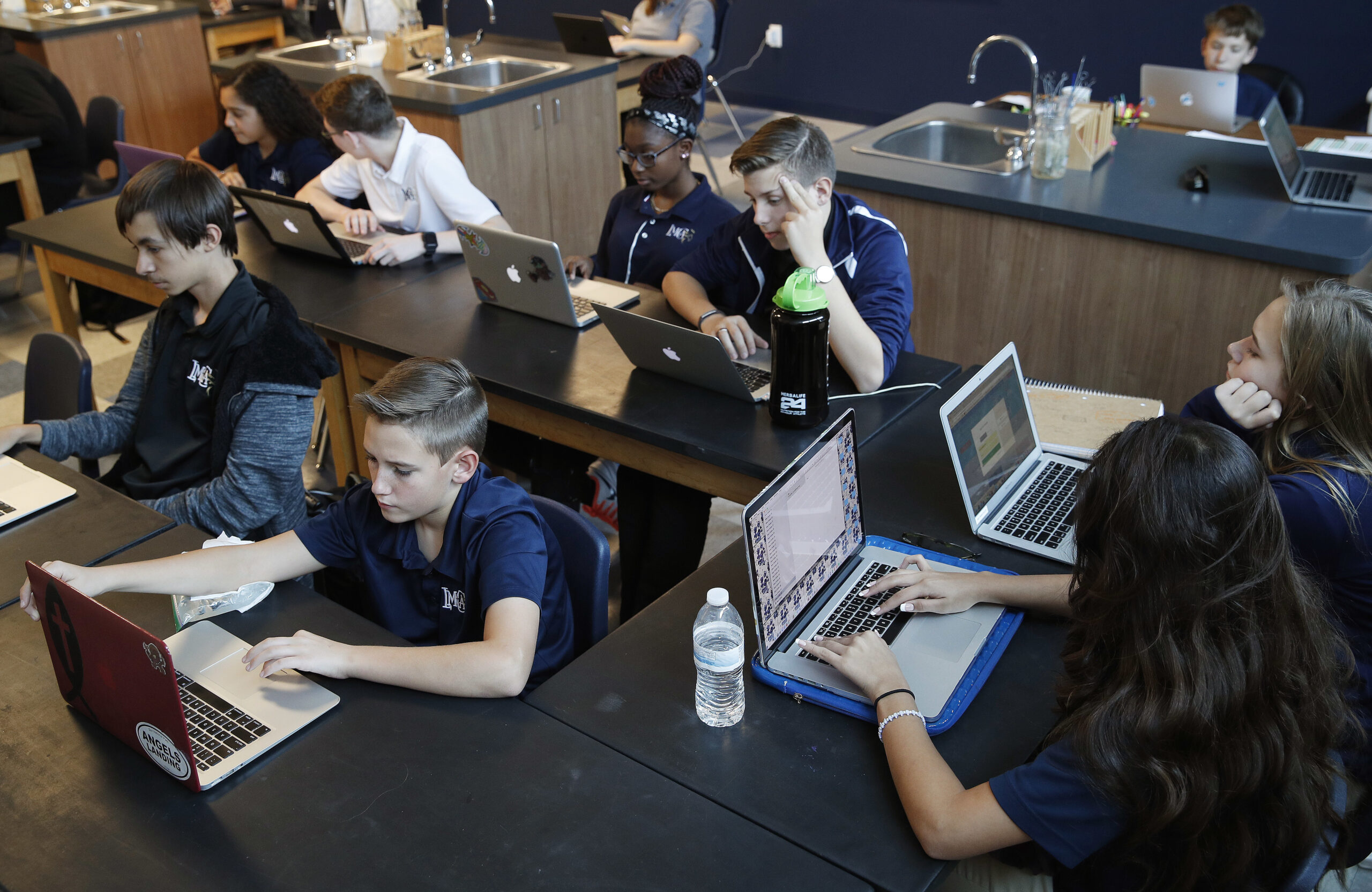Artificial intelligence could transform the future of work in Wisconsin, but state leaders hope to help the technology expand in a way that protects workers and fills existing gaps in the labor force.
A state task force composed of state agency officials, industry leaders, representatives from organized labor and education officials wrapped up months of work around that issue last week. Its final advisory action plan includes policy recommendations around artificial intelligence in K-12 and higher education, government, workforce development and economic development.
Those recommendations are aimed at creating pathways for workers to gain AI skills, boosting competition for Wisconsin companies and encouraging ethical decision-making related to the technology.
News with a little more humanity
WPR’s “Wisconsin Today” newsletter keeps you connected to the state you love without feeling overwhelmed. No paywall. No agenda. No corporate filter.
Gov. Tony Evers’ office says the proposals in the action plan include efforts to expand digital literacy, develop flexible training programs, improve government service and incentivize industry adoption of artificial intelligence. Those proposals may be included in Evers’ next two-year state budget proposal, but individual state agencies may include specific investments in their funding requests as well.
Somesh Jha, a computer science professor at the University of Wisconsin-Madison researching artificial intelligence, said the rapid development of AI is expected to lead to more efficiencies in the workplace. But he said it could also lead to job losses in some industries, as well as lead to the creation of new jobs.
He praised the task force for taking on “questions, like, ‘okay, what are we doing now that can be done much more efficiently using AI? And what new positions which we might need, given that new capability?’”
State Department of Workforce Development Secretary Amy Pechacek, who chaired the task force, said the work around AI came as Wisconsin has experienced record-low unemployment with more job openings than people looking to fill those positions.
She said birth rates in the state have been low since the baby boom after World War II, and net migration isn’t bringing enough people to Wisconsin to help address the labor shortage.
“When we look at AI, we want to harness and embrace the power (of AI) to fill the current gaps in the workforce,” she said. “We don’t have enough people right now to fill every job.”
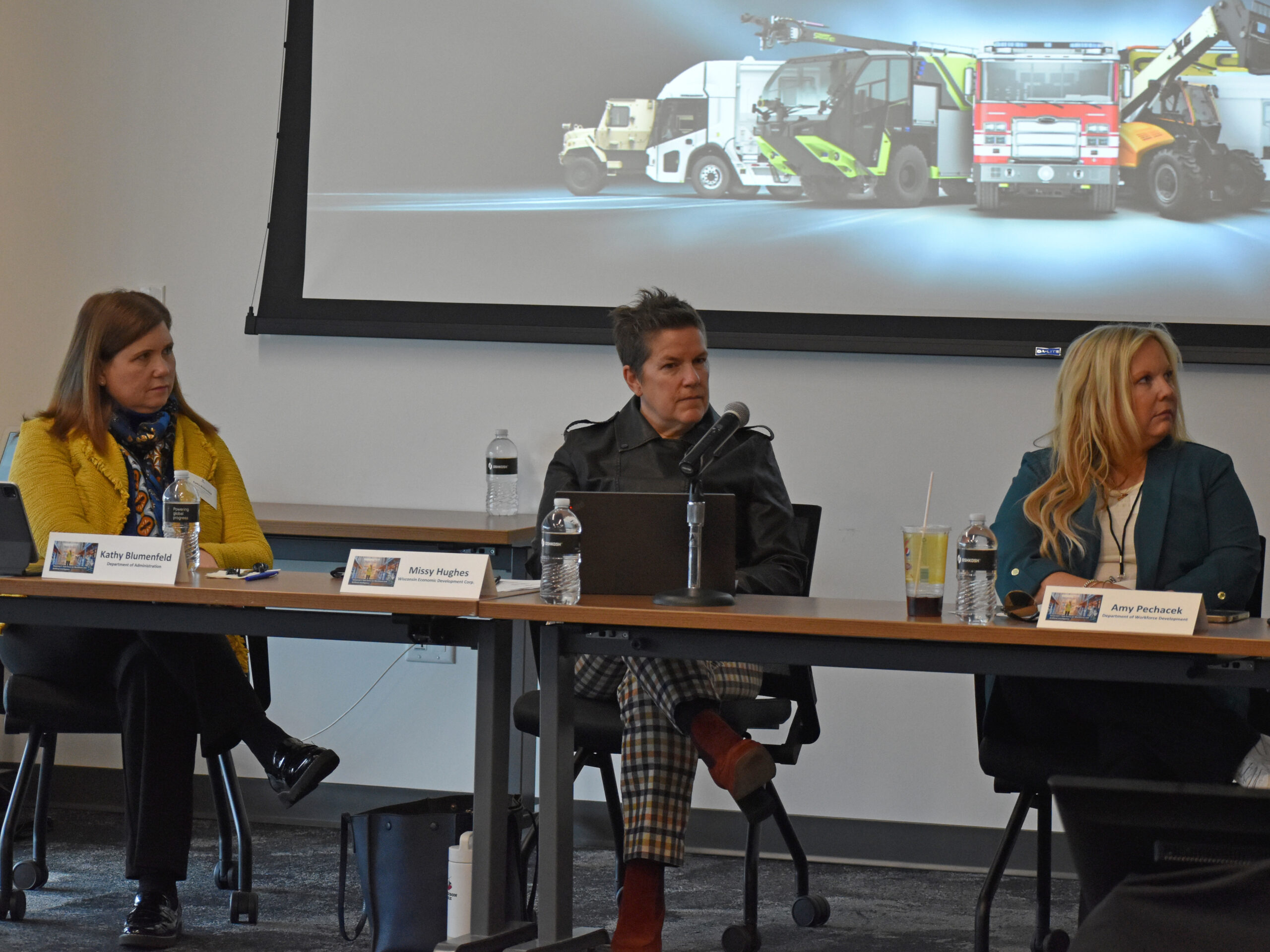
Recommendations would incorporate AI education in classroom curriculum
In K-12 education, the task force’s report recommends efforts to “boost digital literacy” and integrate AI into all academic areas. The report also said the state Department of Public Instruction released a guidance document last month aimed at helping educators integrate AI into school settings, with the goal of supporting school districts’ efforts to develop curriculum around the technology.
Pechacek said integrating AI training into curriculum is important to ensure the children in Wisconsin schools will have the necessary tools to compete in the 21st century labor force.
“We have to start instilling these basic skills, technology skills, at that foundational level with the K-12,” she said. “Part of what that includes is making sure that our educators right now in the schools have those skills themselves to be able to teach the kids and the future workers.”
In higher education, the report recommends making investments in AI research, developing curriculum around AI and establishing programs to help existing workers enhance their skills.
Jha, who was not part of the task force, said education and research efforts around AI will be critical to allowing the state’s workforce to compete. He also said some states, like Texas, have developed computing clusters where researchers can explore uses for the technology.
“We need the state to step up to give more resources to researchers, faculty, even companies,” he said. “Once the (computing) cluster is there, you can open it up to big companies.”
Pechacek said a partnership between Microsoft and UW-Milwaukee to create the country’s first manufacturing-focused AI Co-Innovation Lab is a step in that direction.
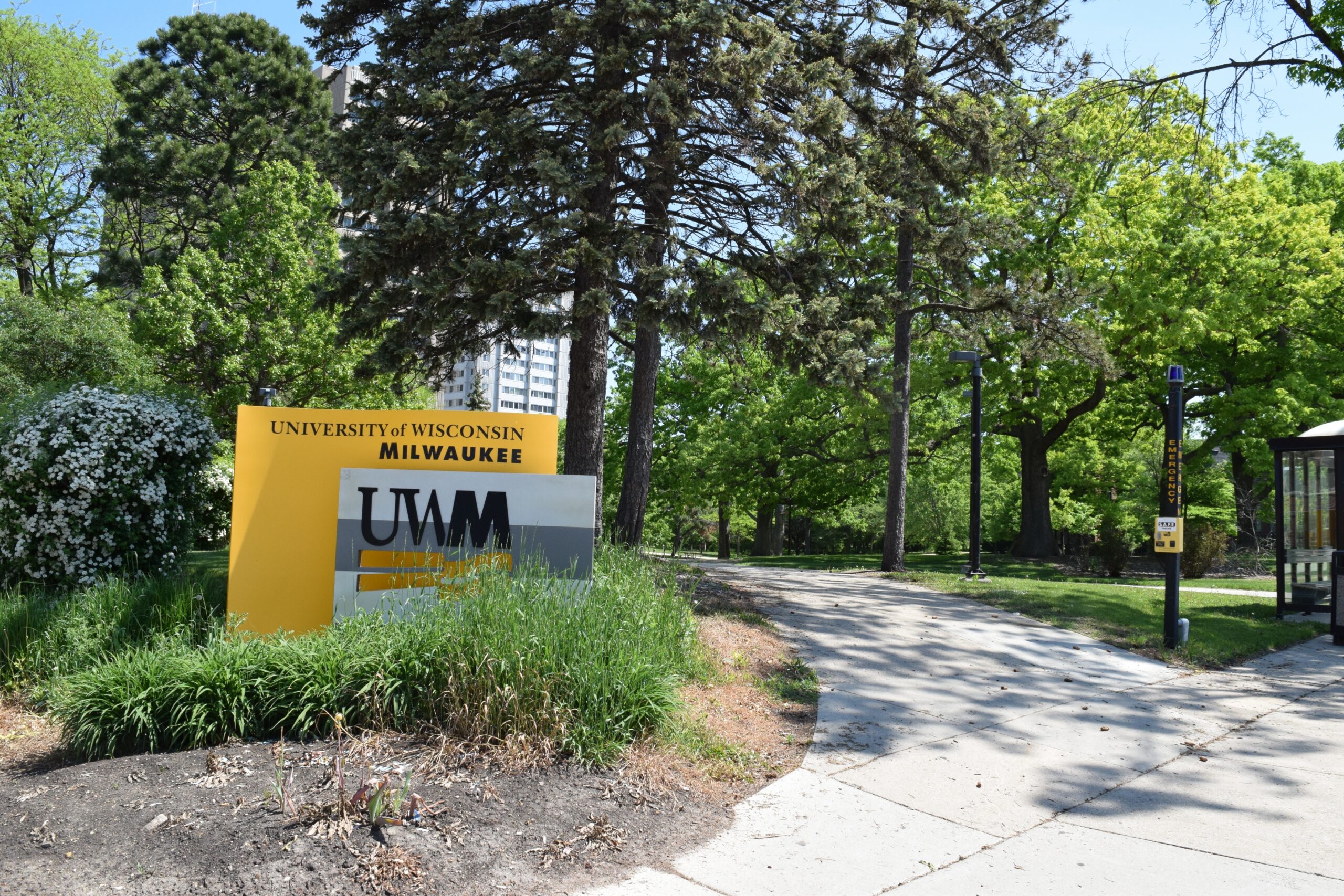
“Manufacturers can come and present a problem that they’re experiencing, to the hub and that hub — with experts from Microsoft, from UWM professors to the students — work on that project together and deliver results,” she said.
Support for workers who lose jobs to AI
The report includes several recommendations around workforce development, mostly aimed at helping Wisconsinites gain skills around the technology to mitigate negative impacts of the AI technology transformation.
One of the initiatives is dubbed the “Artificial Intelligence Layoff Aversion Program,” which would support workers who lose jobs due to AI by helping them increase their skill set.
The report also includes a list of occupations most exposed to potential disruption from AI. A few of those jobs include bookkeeping, accounting and auditing clerks, as well as data entry, credit analysts and insurance claims clerks. The report also noted that Wisconsin’s 10 most common occupations were, in general, less likely to face disruption from AI.
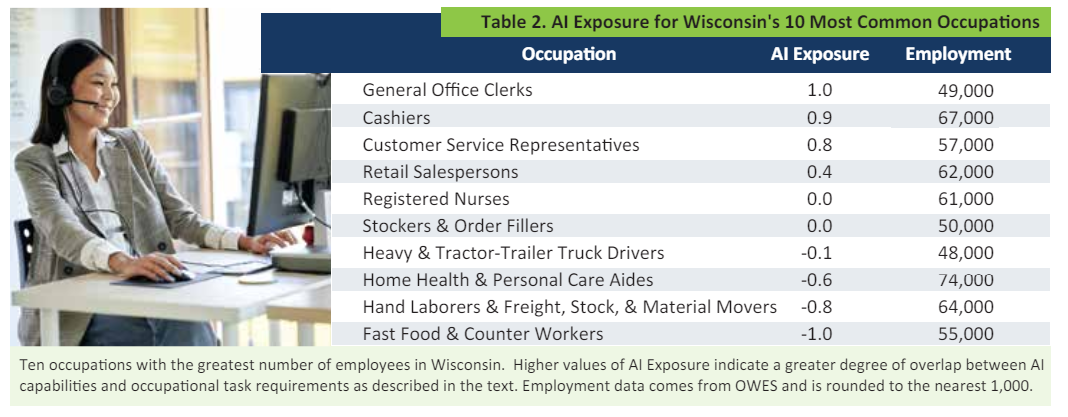
The report recommends establishing a “roadmap” to help businesses navigate the technology, and creating a program specifically aimed at supporting small businesses.
Wisconsin Public Radio, © Copyright 2025, Board of Regents of the University of Wisconsin System and Wisconsin Educational Communications Board.

